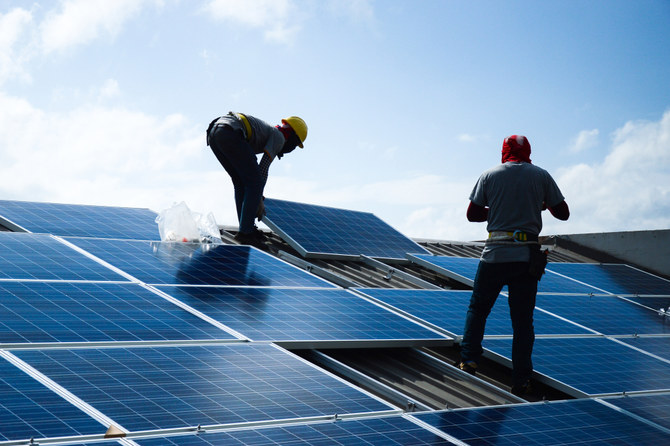Solar panel efficiency is a critical factor contributing to the viability and cost-effectiveness of solar energy systems. In Texas, a state known for its diverse climate and geography, the efficiency of solar panels can vary significantly across different regions. This comparative study focuses on how environmental conditions, including temperature, sunlight intensity, and atmospheric composition, impact the performance of photovoltaic (PV) installations throughout Texas.
The Lone Star State offers a unique setting for examining solar panel efficiency due to its expansive size and varied weather patterns. The examination of solar panel efficiency in differing Texan regions serves not only as an important assessment for potential solar investors and users but also as a guide for policymakers and planners aiming to enhance renewable energy infrastructure.
Factors Influencing Solar Panel Efficiency in Texas
The efficiency of solar panels in Texas is affected by a combination of geographical and climatic factors that play a significant role in their performance.
Geographic Variations
The efficiency of solar panel installations in Texas varies geographically, primarily due to the state’s diverse topography and land coverage. In the western region of Texas, better solar panel efficiency is observed due to higher insolation levels—amount of sun exposure—compared to the more eastern parts. To illustrate, West Texas areas such as El Paso enjoy an annual average of about 7.6 kilowatt-hours per square meter per day (kWh/m²/day), while the eastern city of Beaumont averages about 4.9 kWh/m²/day. This differential highlights the importance of location in solar efficiency.
Climate Impact
Texas’ climate also significantly influences solar panel performance. High temperatures can reduce the efficiency of solar panels; as a solar panel’s temperature increases, its power output typically decreases. Solar panels operate most efficiently at around 25°C, but during the hot Texas summer, temperatures can soar well above this optimal range, especially in central and southern Texas regions. Areas with higher incidentally direct sunlight are more favorable for solar efficiency, while regions with prolonged cloud cover or precipitation, like the Texas Gulf Coast, might see reduced performance.
Comparative Analysis of Solar Panel Performance
The comparative study focuses on the differing solar panel efficiencies found across Texas, offering specific insights on how regional variations influence overall performance metrics. Data is drawn from multiple installations to inform on the impacts of location-specific factors.
Region-Specific Case Studies
In West Texas, solar panel installations benefit from high solar irradiance levels, with an average panel efficiency of 18-20%. The region’s clear skies and low precipitation contribute to more consistent energy generation. For example, a case study in El Paso showed annual performance ratios exceeding national averages.
Efficiency Metrics and Data Interpretation
Efficiency metrics for solar panel performance typically include the capacity factor, energy yield, and performance ratio. These quantitative measures are crucial for understanding the actual output as compared to the theoretical maximum.
Capacity Factor reflects the actual energy output compared to its maximum potential output over a period, often expressed as a percentage. For instance, West Texas solar panels average a capacity factor of 25-30%, indicating robust performance relative to other regions.
Energy Yield measures the total energy produced over a specific time, commonly kilowatt-hours (kWh) per installed kilowatt peak (kWp). Installations in Central Texas yield on average 1,500 – 1,700 kWh/kWp annually, whereas West Texas installations might see yields up to 1,900 kWh/kWp, due to higher irradiance levels.
Performance Ratio considers the system’s efficiency in converting irradiance into electrical energy. It factors in all losses, including those due to temperature and system inefficiencies. Coastal installations might show ratios around 0.75 to 0.80, whereas inland installations such as those in West Texas can exceed a ratio of 0.85.

